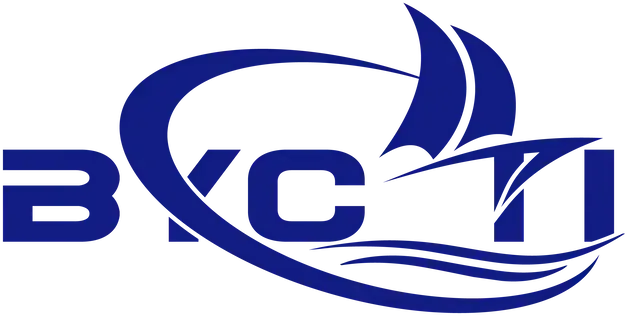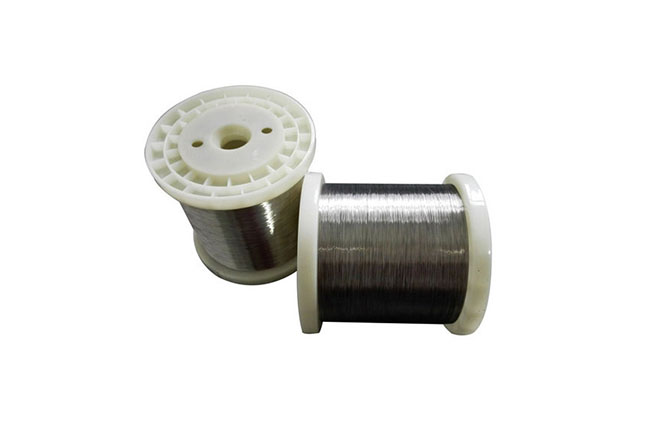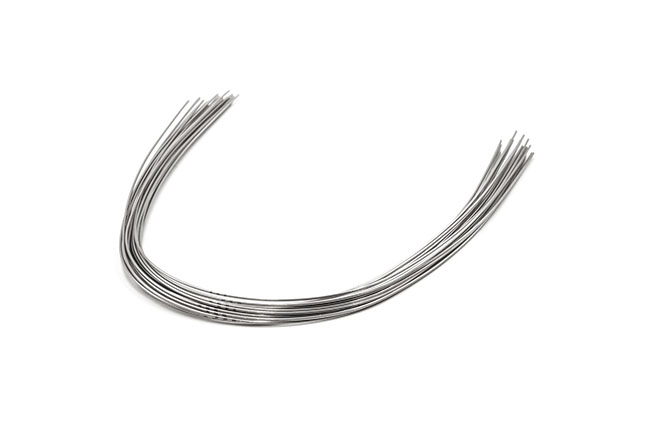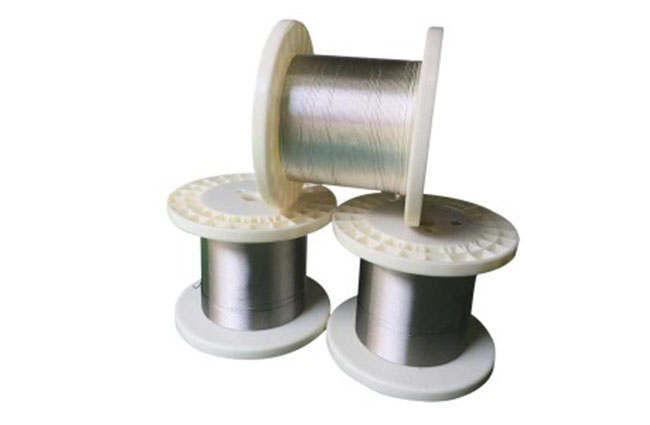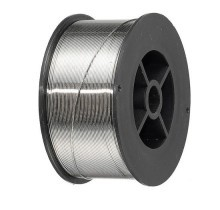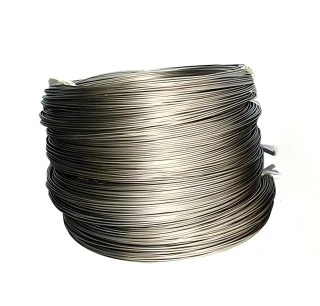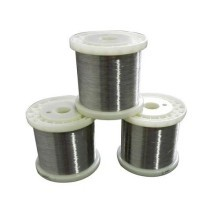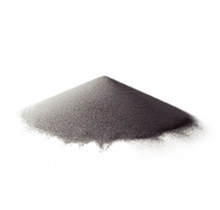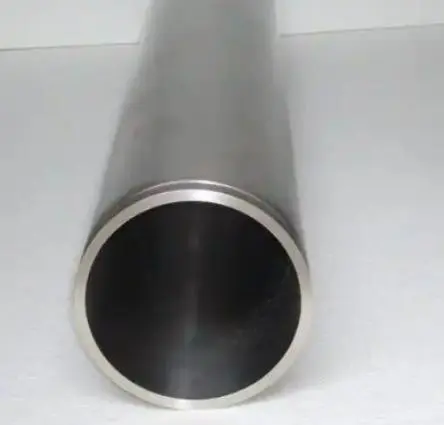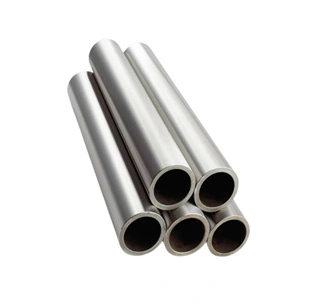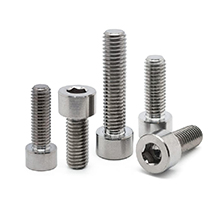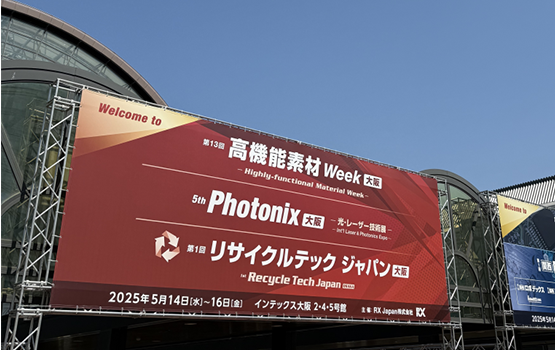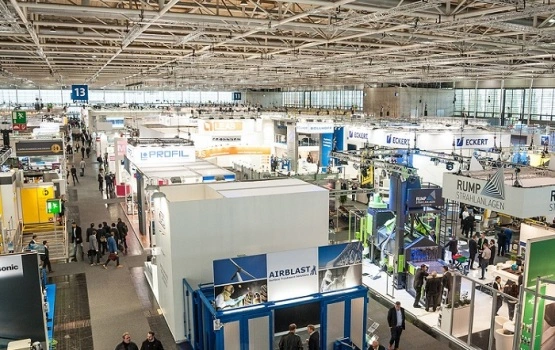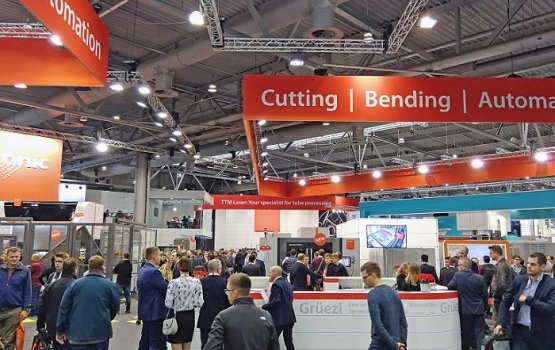Key Alloys for 3D Printing
1. Ti-6Al-4V (GR5)
Tensile Strength: 900–1100 MPa
Application: Aerospace components, high-strength tools
AM Advantage: Excellent weldability and fatigue resistance
2. Ti-6Al-4V ELI (GR23)
Biocompatibility: ISO 13485 compliant for medical implants
Low Interstitial Content: Reduces brittleness in cryogenic prints
Use Case: Surgical instruments and biomedical devices
3. Ti-6Al-7Nb
Nickel-Free Composition: Ideal for allergic-sensitive applications
Corrosion Resistance: Superior in body fluids and harsh environments
Medical/Aerospace Hybrid: Orthopedic implants and satellite components
3D Printing-Specific Properties
Property | Ti-6Al-4V (GR5) | Ti-6Al-4V ELI (GR23) | Ti-6Al-7Nb |
Wire Diameter | 0.8–3.2 mm | 0.8–3.2 mm | 0.8–2.4 mm |
Tensile Strength | 900–1100 MPa | 860–1030 MPa | 800–950 MPa |
Elongation | ≥10% | ≥10% | ≥12% |
Oxide Layer Thickness | <50 nm | <30 nm | <40 nm |
Feedability Index* | 9.5/10 | 9.2/10 | 9.0/10 |
Feedability Index: Based on wire straightness, surface roughness, and spooling tension
3D Printing Processes & Compatibility
1. Wire Arc Additive Manufacturing (WAAM)
Process: GTAW/GMAW-based deposition for large-scale parts
Wire Diameter: 1.2–3.2 mm
Build Rate: Up to 5 kg/h, ideal for aerospace tooling
2. Electron Beam Additive Manufacturing (EBAM)
Vacuum Environment: Reduces oxidation during deposition
Wire Diameter: 0.8–2.4 mm
Application: High-precision components for defense and space
3. Fused Filament Fabrication (FFF)
Polymers Composite: Titanium wire core with PEEK/PEKK sheath
Diameter: 1.75 mm, 2.85 mm
Use Case: Lightweight prototypes and functional end-use parts
Applications in Additive Manufacturing
1. Aerospace & Defense
Use Cases:
Large-format aircraft brackets (WAAM)
Engine components with complex cooling channels
Satellite structures with minimal material waste
Advantage: 30–50% weight reduction vs. traditional machining.
2. Medical & Dental
Use Cases:
Patient-specific orthopedic implants (EBAM)
Custom dental frameworks with osseointegrative surfaces
Surgical guides with integrated tooling features
Compliance: Meets ASTM F136 and ISO 13485 for medical applications.
3. Industrial Tooling
Use Cases:
Injection molding inserts with conformal cooling
High-temperature casting dies
Wear-resistant cutting tools
Performance: Maintains strength up to 600°C in industrial environments.
Quality Control for AM
AM-Specific Testing:
Wire straightness (≤0.5 mm/m curvature)
Surface roughness (Ra ≤1.6 μm)
Dimensional stability during deposition
Certifications:
ASTM F3055 (additive manufacturing standards)
ISO 17206 (metal AM quality management)
NADCAP for aerospace AM applications
Traceability:
AM-specific lot tracking (build number correlation)
Melt pool analysis data (on request)
As-printed mechanical property reports
Custom Solutions for AM Providers
Tailored Services:
Alloy development for specific AM processes
Wire surface treatment (deoxidation for improved fusion)
Spool geometry optimization for tangle-free feeding
Technical Collaboration:
Free deposition parameter development
Post-processing recommendations (heat treatment, HIP)
Joint R&D for next-gen AM materials
Packaging & Logistics for AM
Anti-Oxidation Packaging:
Vacuum-sealed with argon purge
Moisture-proof bags with oxygen indicators
Spools designed for AM machine compatibility
Supply Chain Solutions:
Just-in-Time (JIT) delivery for AM production lines
Min. order quantity: 5 kg (standard), 1 kg (R&D samples)
Global shipping with AM machine compatibility assurance
Why Choose BYC Ti for 3D Printing Wire?
1. AM Expertise: 5+ years collaborating with leading AM OEMs
2. Material Consistency: <1% variation in chemical composition
3. Cost Efficiency: 20% lower than equivalent European AM wires
 English
English  日本語
日本語  한국어
한국어  Deutsch
Deutsch  русский
русский  العربية
العربية 